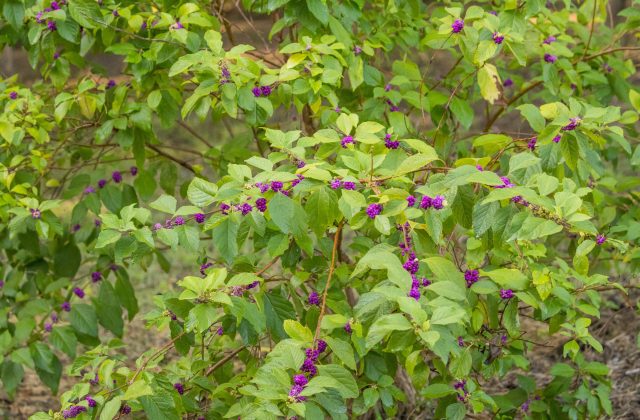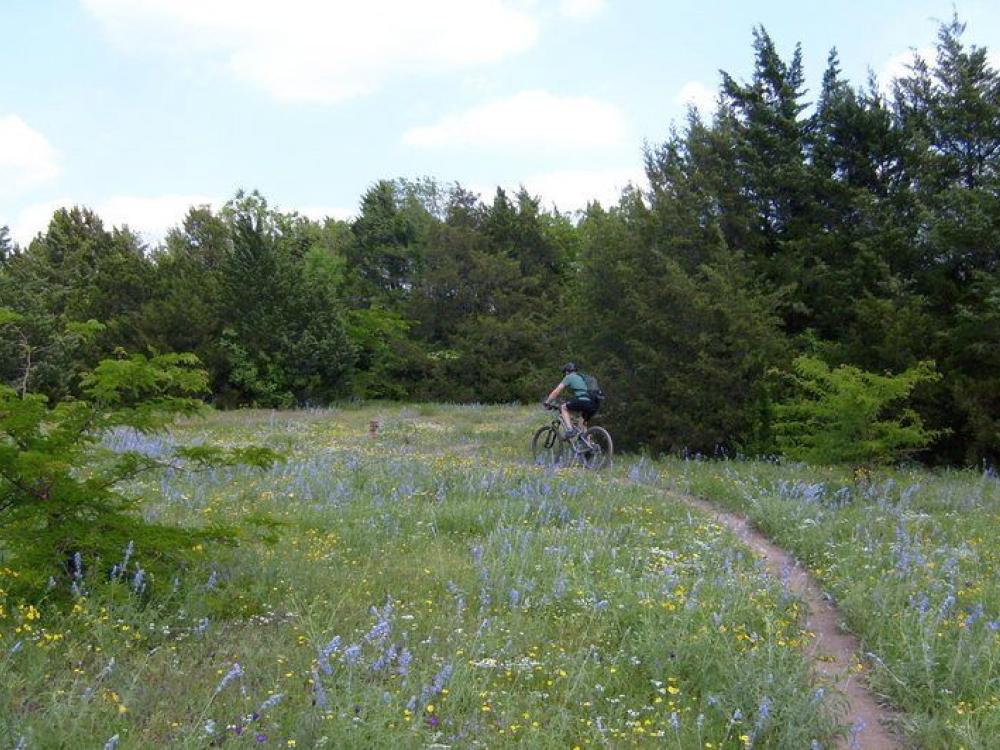North Texas Wild: Our Bird on the Street Guide
North Texas Wild: Our Bird on the Street Guide
Feb. 10, 2014
By Amy Martin
Hope is the thing with feathers
That perches in the soul
And sings the tune without the words
And never stops at all~ Emily Dickinson
I am a bad birdwatcher. I watch them all day long at the feeder outside my office window and gaze upon them while hiking. But I know few of their names and I don’t keep a list to check off species sightings. I watch birds because birds teach me things, not just about nature, but about humanity. For every human personality, every foible, every noble deed, there is an avian analog.
Seeing the various brood-rearing habits of birds — from the supremely attentive blue jays, to the benignly neglectful sparrows, to the callous cowbirds that abandon their eggs in other birds’ nests — helped me place my own childhood in perspective. Observing the teeny wren sneak out a peanut amid a gaggle of gregarious nut-hogging cardinals affirms Malcom Gladwell’s premise that underdogs (and underbirds) do it better.
As home to overwintering inhabitants from northern climes, North Texas is a prime time for birdwatching in winter. If your yard is not an avian Shangri-La, you just have know where birds congregate for maximum food and protection in cold weather. Two top North Texas bird aficionados were kind enough to share their tips on parks for birdwatching with North Texas Wild, just in time for the Great Backyard Bird Count, Feb. 14-17.
BEST BIRDING IN DALLAS COUNTY

American White Pelican at Sunset Bay at White Rock Lake in Dallas in January.
Courtesy of
Chris Jackson DFWUrban
Wildlife.com
Jim Varnum, who publishes Jim’s North Texas Nature newsletter, says White Rock Lake is the go-to spot for birdwatching in the Dallas area.
“This is the place I recommend to an out-of-town visitor who has just a couple of hours to bird watch on her or his visit to Dallas,” said Varnum. “In any season, particularly winter, you can drive around the lake in an hour or less and see lots of ducks and other waterfowl.”
He said a bald eagle was observed and photographed in the Old Fish Hatchery a couple of years ago and one was reported over Sunset Bay this year.
Varnum said be sure to stop awhile at these places:
• Sunset Bay on E. Lawther: It’s called Pelican Point in Google maps. The fishing pier allows you to see ducks, herons and egrets, pelicans, coot, cormorant and gulls up close.
• The spillway and just above the dam: The spillway attracts water birds plucking fish from the shallows and the nearby old fish hatchery is great for woodland birds. Uncommon long-tailed duck, common merganser and red-necked grebes were seen this winter.
• T&P Park near the old boat house on W. Lawther: Black-crowned herons nest all year round in the cove and nearby trees, plus ducks, coot, herons and egrets. Monk parakeets that nest in nearby electrical towers came into area maybe 40 years ago.
Varnum also suggested Josey Ranch Lake Park in Carrollton as a good place for a Great Backyard Bird Count. A Farmers Branch resident, he said he visits the lake about once a week over the winter.
“This is a 3.5-acre lake with sidewalk/boardwalk surrounding it in a 100-acre linear greenbelt. You can park up close and walk to it in a minute, so it’s a nice place to take the kids/grandkids.”
Varnum said you’ll see lots of ducks in the winter, including mallards, northern shovelers, gadwalls, widgeon, lesser scaup, ring-neck ducks, buffleheads and ruddy ducks. Also pied-billed grebes, double-crested cormorant, American coot, great egrets and great blue herons.
“You might even see a nutria or two. I saw 10 one time,” he said.
BEST BIRDING IN TARRANT COUNTY

A cedar waxwing at the Fort Worth Nature Center. Photo courtesy of Vicki Moore.
According to Vicki Moore of the Fort Worth Audubon Society, the Fort Worth Nature Center is always a great place to bird anytime during the year and the winter season brings in several migrating species.
“Every time you visit there is the opportunity to see something new,” she said.
Trails along the water will offer sightings of white pelicans, northern pintails, green-winged teals, buffleheads and hooded mergansers to name a few. Other trails through the woods have several birds foraging for berries, seeds and bugs such as the ruby-crowned kinglet, cedar waxwing, red-bellied woodpecker, northern cardinal, hermit thrush and spotted towhee. Ospreys and red-shouldered hawks can be seen perched while both turkey and black vultures soar in the sky.
Moore also recommend the Trinity Trails in Fort Worth from Oakmont Park to Pecan Valley Park, a three-mile stretch through woods and water. She said early morning walks offer many birding opportunities and one can find solitude and enjoy nature even within the city limits.
River Legacy Park in Arlington also has numerous trails through several different habitats offering sightings similar to those at the Fort Worth Nature Center.
“In the past, they have had programs to support the Great Backyard Bird Count and encourage people to participate. Because of the numerous trails, you can revisit the park many times and always have a new experience.”
BEYOND THE METROPLEX

Whooping cranes make a stop at Hagerman National Wildlife Refuge.
Courtesy of Hagerman National Wildlife Refuge.
For a day trip, Varnum says Hagerman National Wildlife Refuge, located on Lake Texoma, Grayson County just west of Sherman, is a prime birding spot in the winter. Friends of Hagerman offers guided tours via tram rides.
“Over 270 bird species have been seen there. This is the place to go in the winter since summer is pretty quiet. Thousands, mostly snow geese, may be seen in fields and overhead. Just about all ducks can be seen. Plus raptors, eastern bluebirds, red-headed woodpeckers at Big Mineral day use area.”
Moore also recommended Hagerman National Wildlife Refuge.
“It is a bit of a drive, but well worth the trip,” said Moore. “One nice thing about Hagerman is that there are many areas to view birds from your car offering wonderful opportunities for people who may not be able to walk long distances.”
 She added your car acts like a ‘blind’ and allows you to see some water birds up close. In addition, there are trails through the woods.
She added your car acts like a ‘blind’ and allows you to see some water birds up close. In addition, there are trails through the woods.
“Many migrants enjoy the calm-water habitats offered at Hagerman. It’s one place you can see snow geese by the hundreds.”
See local Great Backyard Bird Count Events & more.
A journalist and writer of over 30 years experience, Amy Martin was recycling columnist for the Dallas Morning News and contributing editor of Garbage magazine. For two decades she organized Winter SolstiCelebrations and other events as director of Earth Rhythms and operated the Moonlady News service. She may be reached through www.Moonlady.com.
Sign up for the weekly Green Source DFW Newsletter to stay up to date on everything green in North Texas, the latest news and events.

